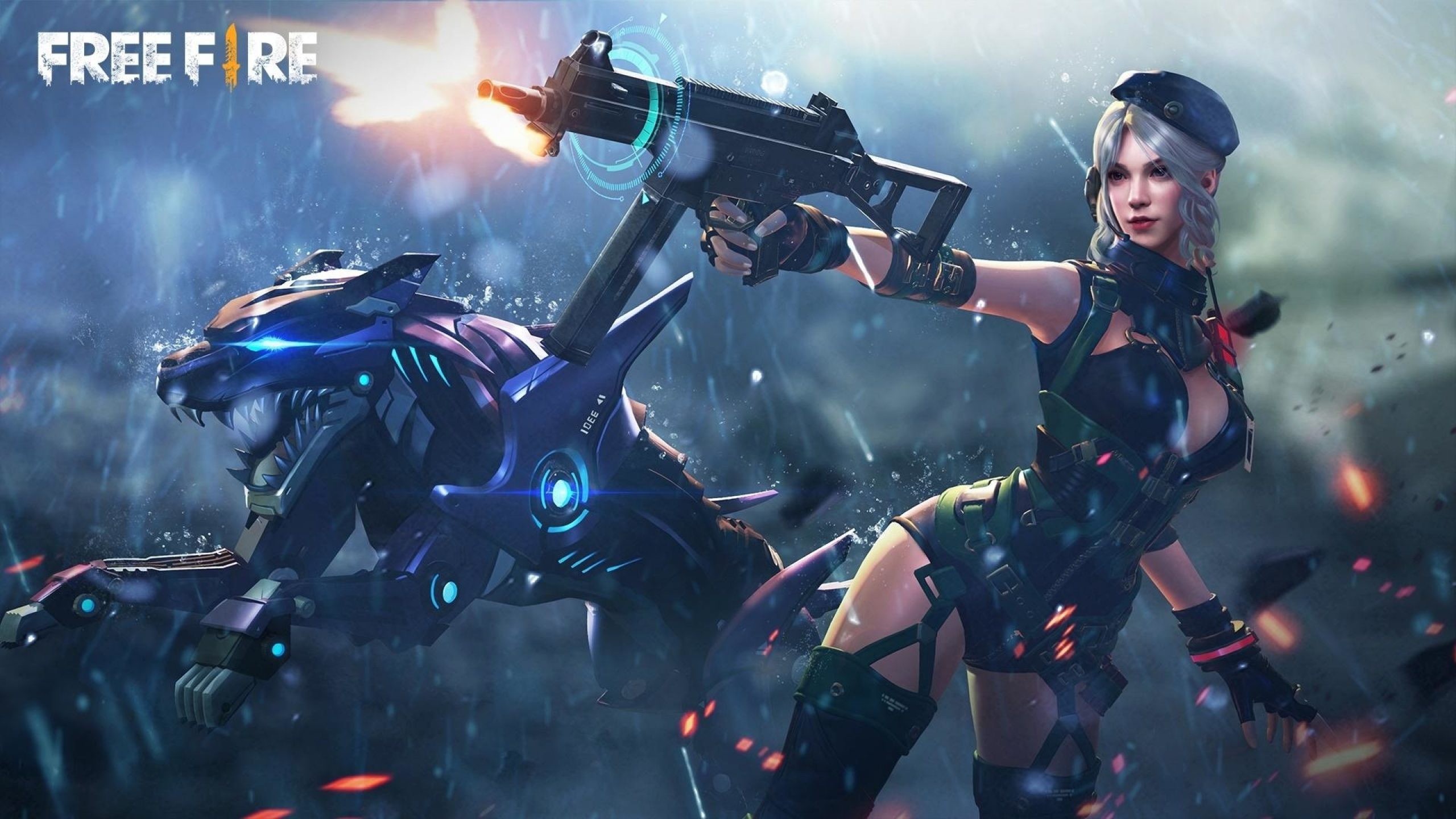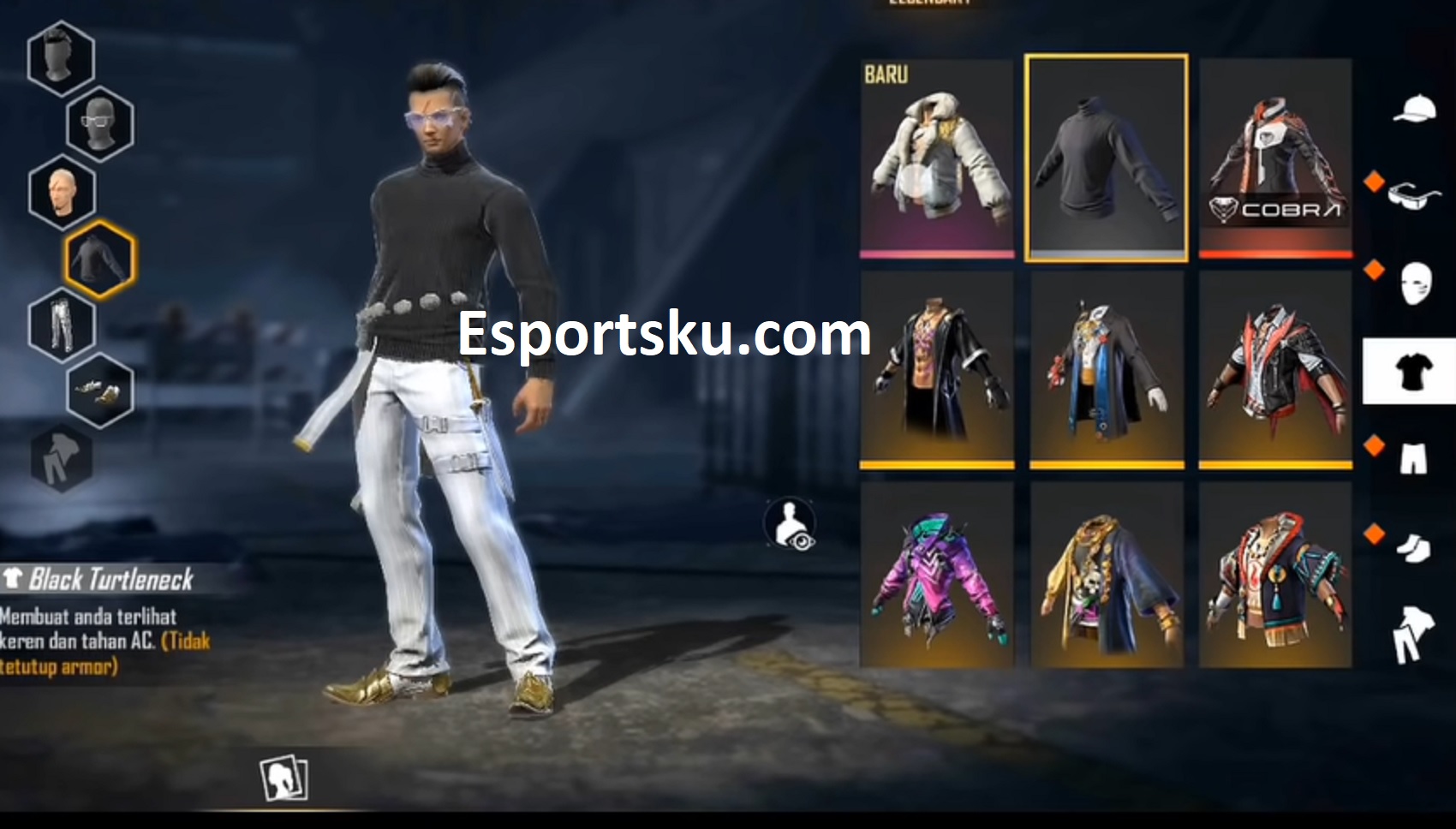Rare Online Game Skins: A Deep Dive into Virtual Collectibles
In the vast and ever-evolving landscape of online gaming, where virtual worlds offer endless possibilities for adventure and competition, a unique phenomenon has emerged: the rise of rare game skins. These digital cosmetic items, designed to alter the appearance of characters, weapons, or vehicles, have transcended their purely aesthetic purpose and transformed into highly sought-after collectibles, often commanding exorbitant prices in virtual marketplaces. This article delves into the world of rare online game skins, exploring their origins, the factors that contribute to their value, and the complex ecosystem that surrounds them.
The Genesis of Game Skins
Game skins, at their core, are visual modifications that allow players to personalize their in-game experience. They can range from simple recolors to elaborate, intricately designed models that completely overhaul the look of an item. The concept of skins first gained traction in the late 1990s and early 2000s with the advent of modding communities for games like "Quake" and "Unreal Tournament." Players would create and share custom skins, allowing others to express their individuality within the game world.
However, it was not until the emergence of free-to-play (F2P) games that skins truly took off as a significant revenue stream for developers. Games like "League of Legends" and "Dota 2" popularized the concept of offering skins as optional purchases, allowing players to support the game’s development while also enhancing their in-game style. This model proved incredibly successful, as players were willing to spend money on cosmetic items that allowed them to stand out from the crowd.
Factors Contributing to Rarity and Value
The value of a game skin is determined by a complex interplay of factors, including scarcity, aesthetics, history, and demand. Here’s a closer look at each of these elements:
-
Scarcity: Scarcity is arguably the most significant factor influencing a skin’s value. Skins that are limited in quantity, either through limited-time events, exclusive promotions, or discontinued availability, tend to be the most coveted. For example, a skin that was only available during a specific holiday event and never re-released will naturally become rarer over time, as fewer and fewer players possess it.
-
Aesthetics: The visual appeal of a skin plays a crucial role in its desirability. Skins with unique designs, vibrant colors, or intricate details are generally more sought after than those with simpler or less visually striking aesthetics. The perceived "coolness" or "style" of a skin can significantly impact its value, as players are often willing to pay a premium for items that they believe enhance their in-game appearance.
-
History: The history and lore associated with a skin can also contribute to its value. Skins that are tied to significant in-game events, collaborations with popular brands, or even controversies can become highly desirable due to their historical significance. For instance, a skin that was released to commemorate a major esports tournament victory might hold special value for fans of that team or the game itself.
-
Demand: Ultimately, the value of any item, including game skins, is determined by supply and demand. If there is a high demand for a particular skin and a limited supply, the price will naturally increase. Demand can be driven by various factors, such as the popularity of the game, the perceived coolness of the skin, or the desire to complete a collection.
Examples of Rare and Valuable Game Skins
Numerous game skins have achieved legendary status due to their rarity and value. Here are a few notable examples:
- CS:GO Skins: "Counter-Strike: Global Offensive" (CS:GO) is renowned for its thriving skin market, with some skins fetching prices in the hundreds of thousands of dollars. The "Souvenir AWP | Dragon Lore," a sniper rifle skin with intricate dragon artwork, is one of the most iconic and expensive skins in the game. Its rarity stems from its limited availability during specific CS:GO Major Championships.
- Dota 2 Skins: "Dota 2" also boasts a vibrant skin market, with "Legacy Ethereal Flames Wardog" couriers fetching high prices due to their unique particle effects and limited availability.
- Fortnite Skins: "Fortnite" has seen its share of rare skins, such as the "Renegade Raider" skin, which was available only to players who reached a certain level in the game’s first season. Its exclusivity has made it a highly sought-after item among collectors.
The Ecosystem of Game Skin Trading
The trading of rare game skins has spawned a complex ecosystem involving online marketplaces, third-party websites, and even professional traders. These platforms facilitate the buying, selling, and trading of skins, providing a space for players to connect and transact.
However, the skin trading market is not without its risks. Scams, fraud, and price manipulation are common concerns, and players must exercise caution when engaging in transactions. Additionally, the legal status of skin trading remains a gray area in many jurisdictions, raising questions about ownership, taxation, and regulation.
The Future of Game Skins
As the gaming industry continues to evolve, the role of game skins is likely to expand further. With the rise of blockchain technology and non-fungible tokens (NFTs), there is potential for game skins to become even more valuable and transferable across different games and platforms. NFTs could provide a secure and transparent way to verify the ownership and authenticity of rare skins, potentially revolutionizing the skin trading market.
Furthermore, developers are exploring new ways to integrate skins into the gameplay experience. Some games are experimenting with skins that offer subtle gameplay advantages or unique abilities, blurring the line between cosmetic items and gameplay enhancements.
Conclusion
Rare online game skins have evolved from simple cosmetic items into valuable virtual collectibles, driven by scarcity, aesthetics, history, and demand. The skin trading market has created a complex ecosystem with its own set of challenges and opportunities. As the gaming industry continues to innovate, the future of game skins is sure to be an exciting and dynamic space to watch. Whether you’re a collector, a trader, or simply a player who enjoys customizing your in-game appearance, the world of rare game skins offers a fascinating glimpse into the intersection of gaming, economics, and digital culture.

